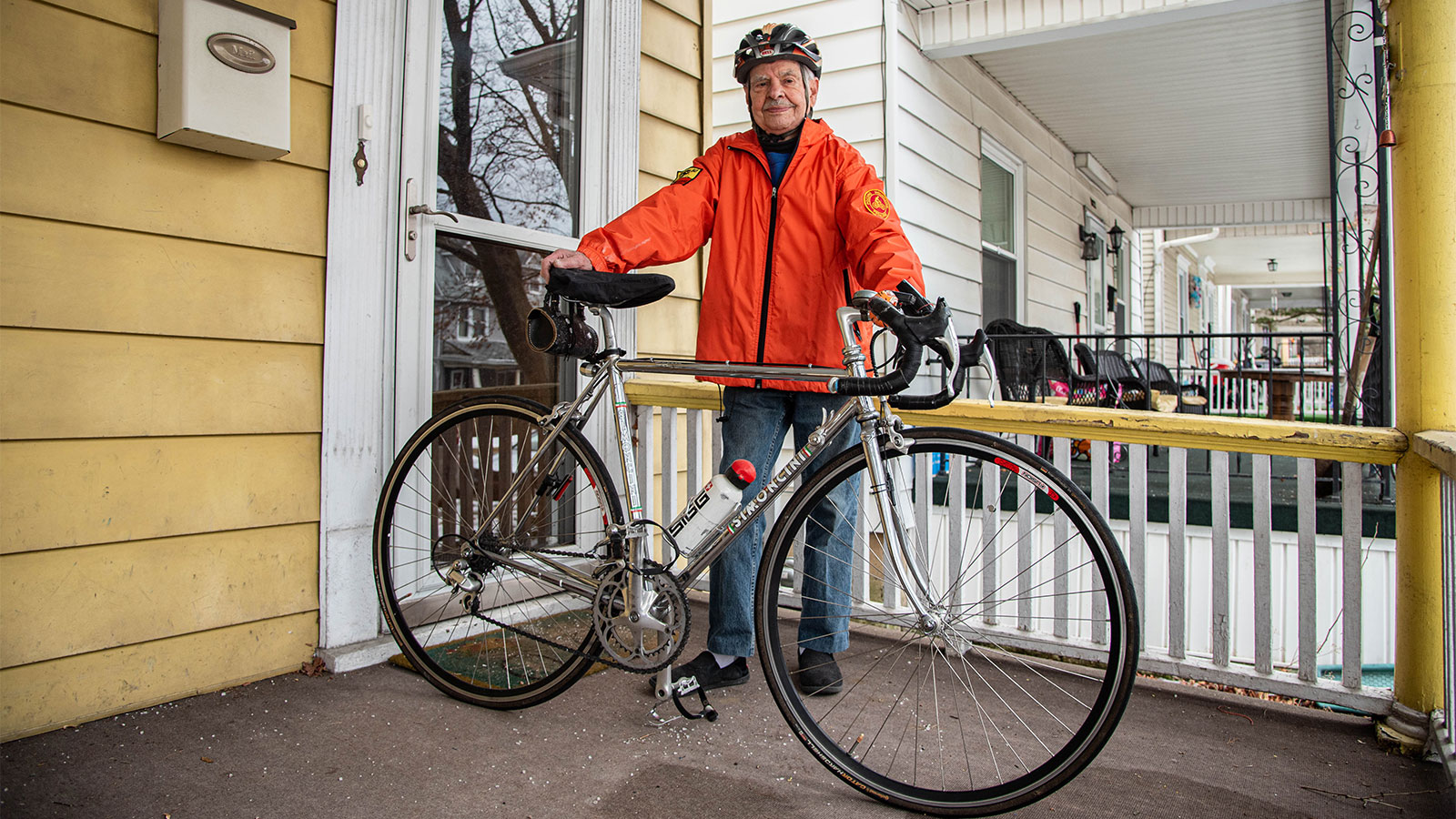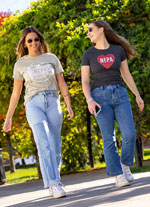“I would say I’ve biked probably 100,000 miles since I was a kid.”
Dr. Daniel Ginsberg was five years old when he first took hold of the handlebars and experienced the thrill of cycling. Today, at 90 years old, he still finds time to hop on the bike.
“Here in Scranton, I’m in the Hill Section. It’s a little more difficult for me to ride, so I decided to ride my old stationary Schwinn, which I do every day,” he explained. “That keeps me going, considering my age.”
Ginsberg grew up in the Bronx, where he fondly remembers playing sports and taking “bike hikes” with his neighborhood youth clubs. Several times, he joined the annual century tour through New York’s famous boroughs. And upon moving to Scranton, he brought his passion for cycling with him. Ginsberg was a dedicated member of the Lackawanna Bicycle Club, which put NEPA’s cycling scene on the map in the ‘70s and ‘80s. Nowadays, he helps out with the Anthracite Bicycle Coalition, a Scranton-based nonprofit that promotes safe cycling.
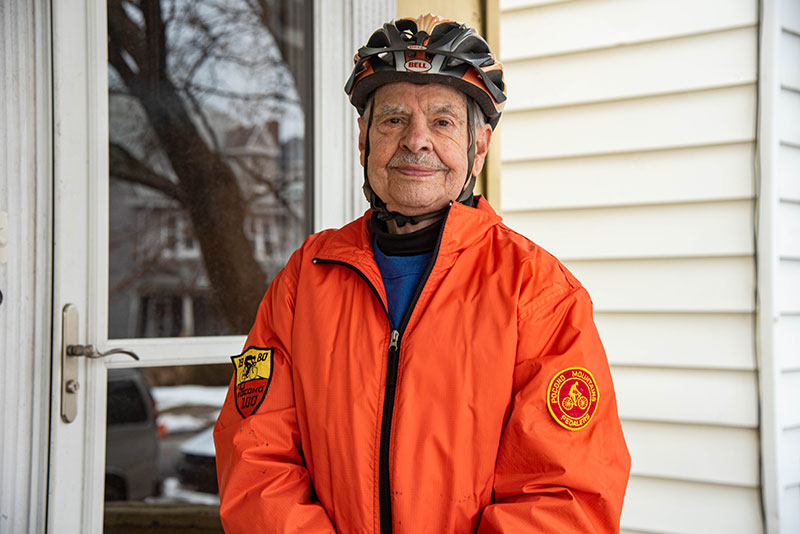
Anthracite Bicycle Coalition is just one of the many causes that are close to Ginsberg’s heart. In fact, he currently sits on seven local boards of directors. Serving the community has always been his passion, as evident by his long career in social work. As a young man, he didn’t originally plan to go into the field—in fact, he graduated with a bachelor’s in biology. But he remembered the community centers of his childhood and the youth club leaders who made a difference in his life. He decided to pursue a master’s in social work at Columbia and ultimately earned his doctorate from Yeshiva University at age 59.
His career has led him to positions with the Scranton Jewish Community Center, the Department of Public Welfare and beyond. Ginsberg, who specialized in gerontology, has also taught at Marywood University, Penn State Hazleton, Penn State Scranton and Lackawanna College.
Dr. Ginsberg shared his story with us, as well as his vast collection of cycling photos and mementos. We took a look back at NEPA’s cycling history and the joys of riding a bike, no matter what age.
How long have you lived in Scranton?
We moved here in 1955 from New York City, so we’ve been here for over 50 years.
What brought you to NEPA?
It started because of a job. I’d been working in the social work field for many years in community centers, settlement houses, YMHAs and YWHAs around the five boroughs. Here in Scranton, Pennsylvania, I was asked by the executive director and the president of the Jewish Community Center to be the program director. Scranton was a nice, quiet town. It looked good for bringing up my kids. I had three kids here. And the Jewish Community Center was a very vibrant, popular place. So we moved here, and I worked for the Scranton Jewish Community Center from 1965 to 1970 and provided activities, programs, events and services for all age groups. And we just stayed here forever.
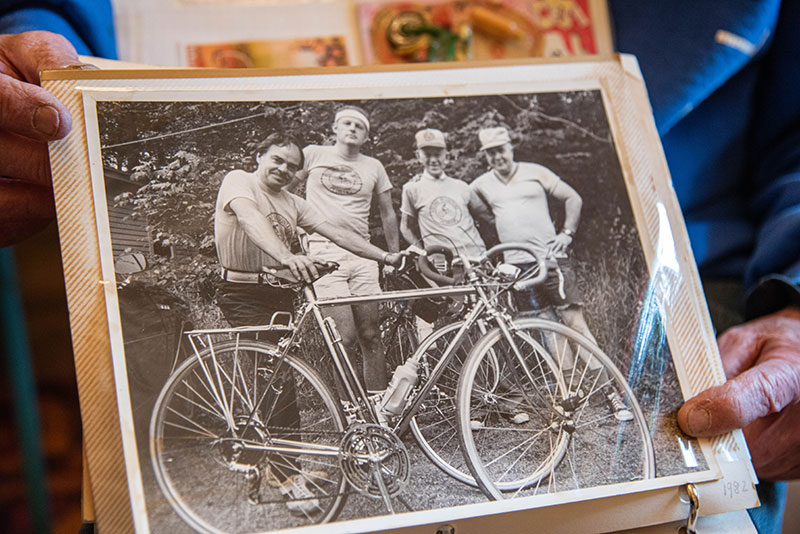
What was cycling in NEPA like back in the day?
In Scranton in the ‘70s and ‘80s, we established the Lackawanna Bicycle Club. I was the treasurer. We sponsored the Pocono Century Tour, which was a 100-miler. We then added the 50-miler—that’s the half-century. And then we added the 25-miler. We had all these people coming from all over the eastern part of the States to participate. It was very, very successful. We also organized the Pocono Pedalers Bicycle Club. I was a member of that also.
Where did you like to ride locally?
Here in Scranton, my most popular bike ride was from here to Sickler’s Bike Store in Wilkes-Barre. Once a week, years ago, I would ride 19 miles to Sickler’s and sit around and talk with them. Sickler’s is still here. They have two bike stores currently—one in Clarks Summit and one in Kingston. But the original Sickler’s was a bike store near Wilkes College [now Wilkes University]. I bought all my bikes there for my kids.
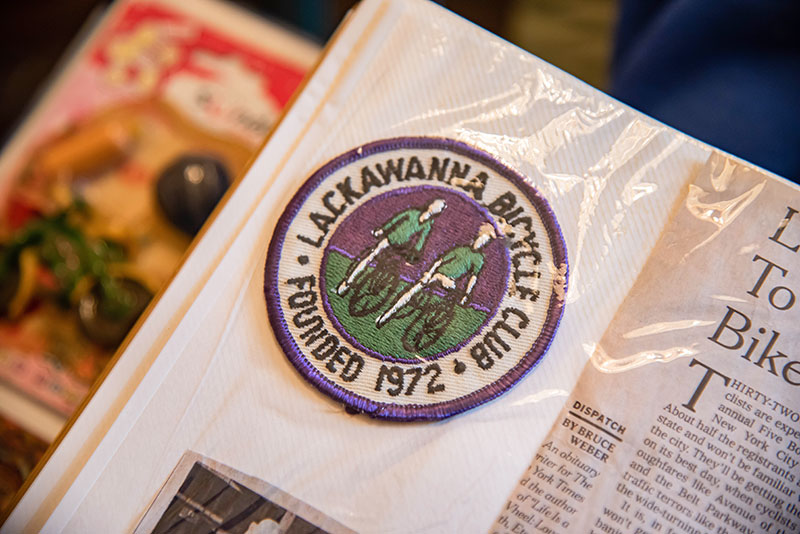
Do you have a favorite bike?
I have nine bikes, it just so happens, but my best bike is an Italian bike. It’s called Simoncini. It’s all chrome. It’s a road bike. That’s what I’d been taking to Florida and using over the last number of years. I bought it in Manhattan maybe 45 or 50 years ago. It’s a very, very excellent bike. It has Campagnolo parts. No one knows what Campagnolo is. Campagnolo came before Shimano, which is a big Japanese company that took over the manufacture of bicycle accessories and bicycle parts. So that’s the bike that I use currently.

What do you think drew you to cycling?
When I was in Florida, I was the president of the Wheelers Bicycle Club at King’s Point, which is a retirement community for ages 55 and older in Delray Beach. I was asked by the King’s Point newsletter to write a column about cycling, cyclists and cycles. I wrote a column called “The Philosophy of Cycling 101.” I could read you some:
“Cycling is an adventurous spin and explores life while we experience a unique perspective, considering that the world is a big place, geographically and existentially. We straddle the bike, grasping the handlebars, pushing the pedals and entering a foreign world defined by an elevated center of gravity, a continuous service of balance and a constant forward motion…
…Our muscles sting as they pull, our body sings as it sweats, our eyes thrill to the vibrant rush of colors and objects. Our nose awakens from its slumbers to a thousand scents unknown in cars.”
That’s how I feel about bike riding, since you asked.
What are you currently working on with Anthracite Bicycle Coalition?
At the Anthracite Bicycle Coalition, we partner with many bike clubs. One of our main focuses is to promote local bicycle rides. We do that through our website when we advertise the different rides that are coming up. We partner with bike safety groups called the Bike Safety Rodeo. We have a Bike to Work Week. We want people to get into cycling. It’s a low-impact sport. It’s gentle on your joints. It’s fun, and we want people to feel comfortable bike riding.
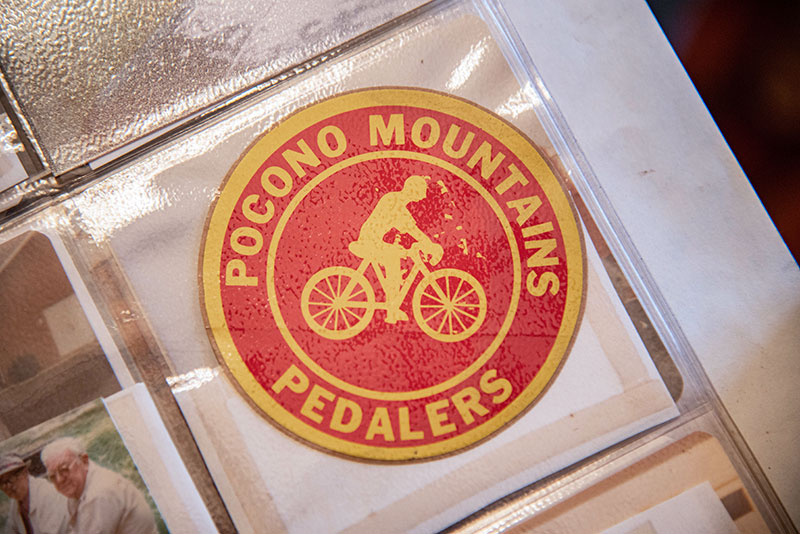
What would you like to see for the future of cycling in NEPA?
I like to make sure that people recognize that they can ride safely and don’t have to jump in their car all the time. They can ride to work. They can ride to the supermarket. They can ride for pleasure. They can ride for romance. They can ride for adventure. They can ride to enjoy nature. They can ride to be healthy. We know through research, people who live the longest are the ones who are the most active physically. You don’t have to be 20 or 30 or 40 or 50. You can be 90, as I am.
What do you love most about NEPA?
Coming from New York was quite a jump. I said to my wife, “We’ll just be here for a few years and move on.” That was ’65. We’re still here. What I find is that it’s like family. We know everybody. We walk into the drug store, and they say, “Hi, Mr. Ginsberg. How can I help you?” Even when we go into the supermarkets, there are clerks there that have been there a long time. They say, “How are you doing? Are you okay?” It was the warmth and friendliness and intimacy of Northeast Pennsylvania that I found comforting and much more welcoming,

